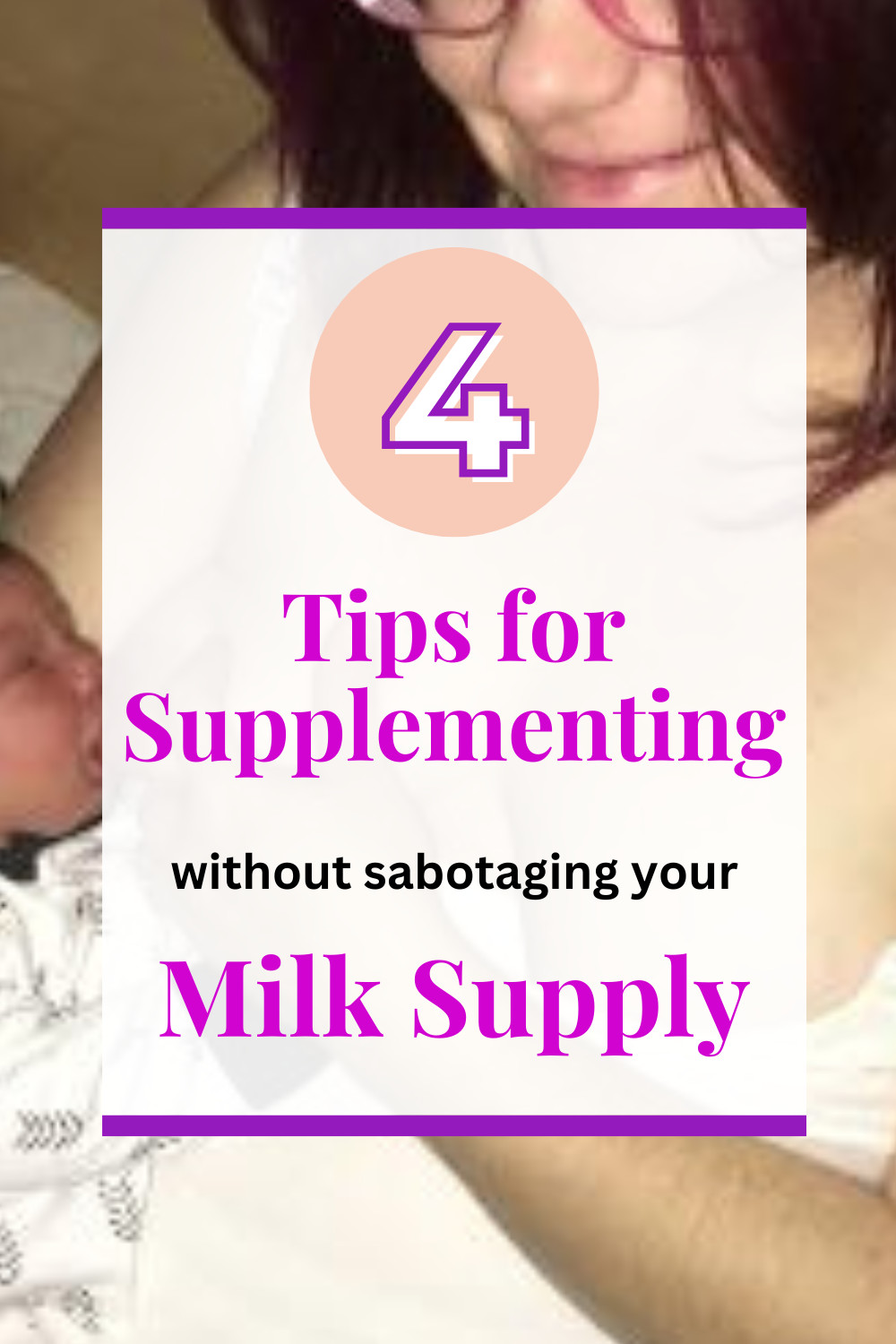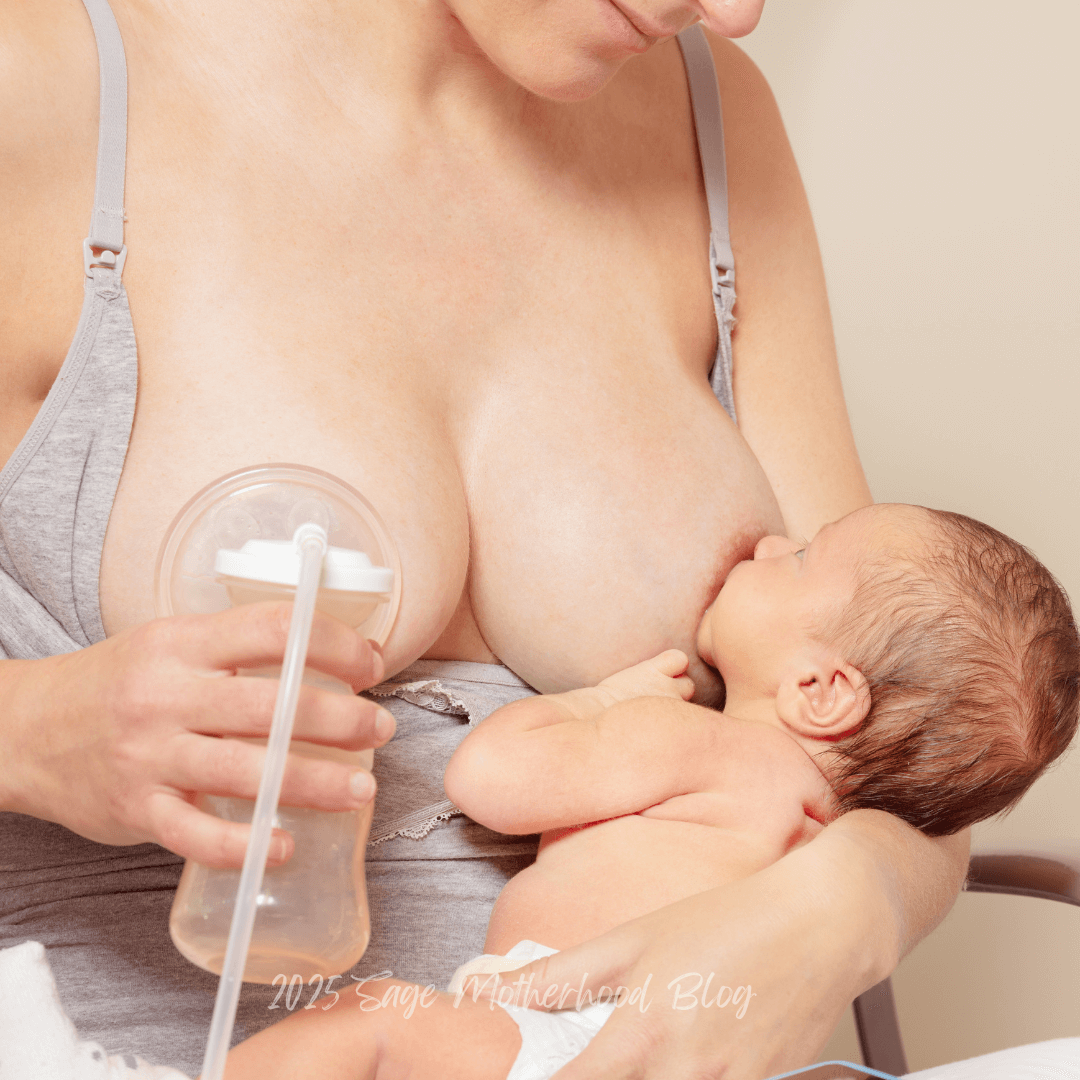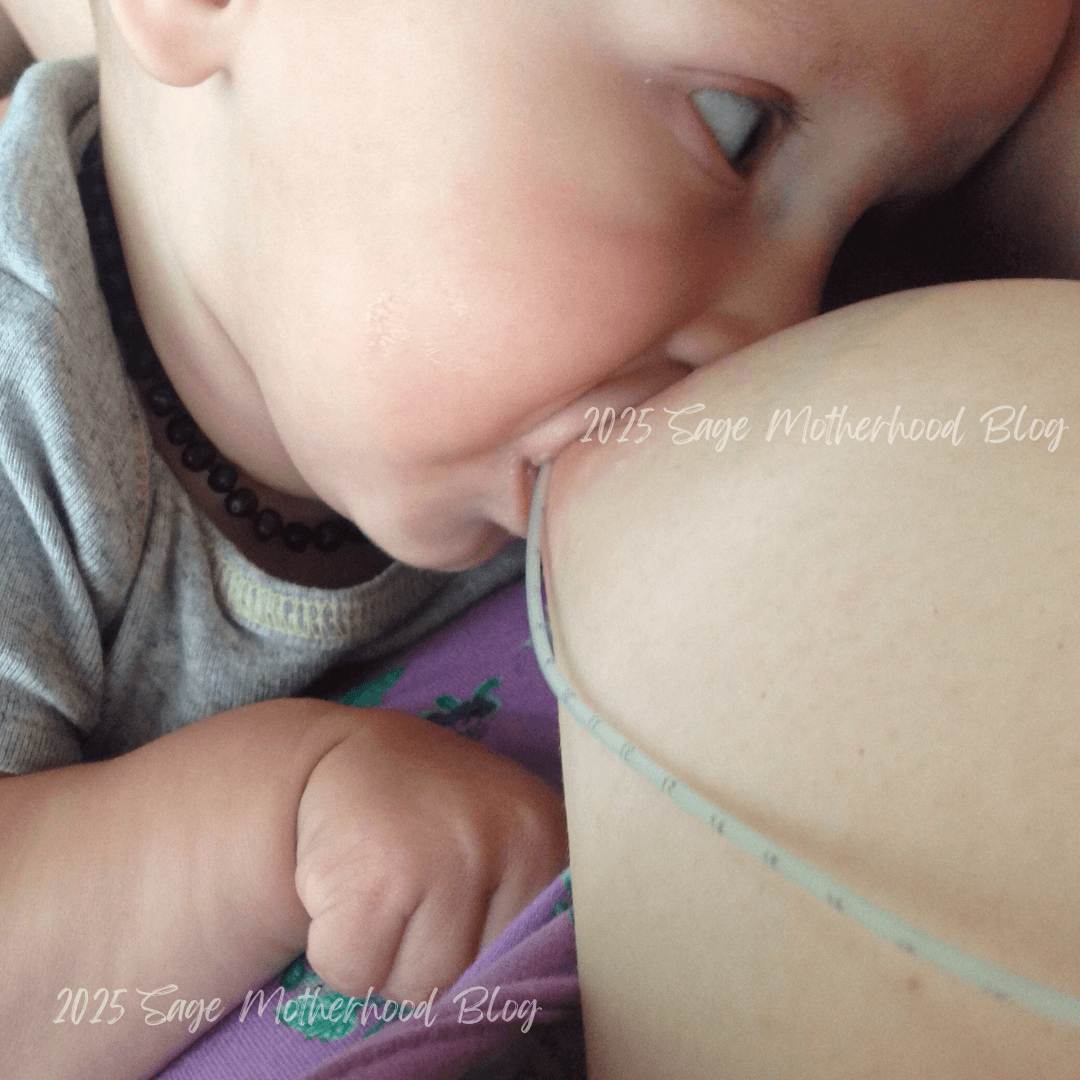
I know of many mothers who are afraid to supplement their baby in the hospital. There is a good reason for this concern, many providers encourage supplementation when it’s not indicated. Another reason for this concern is parents not understanding the “milk supply equation” which I cover in depth in The Working Mom’s Guide to Breastfeeding. Ultimately, the fear is that supplementation will sabotage milk supply and derail the mother's breastfeeding goals and hopes.
In this series, I want to debunk the myth that supplementing always means sabotaging the breastfeeding experience. So the first essential question is: "Do we need to supplement".
The answer is YES when baby has either:
- lost more than 7% of their birth weight
- is not gaining at least 7 ounces per week during the first four months
- has not regained birth weight by 1 week
- not made enough wet or soiled diapers
If you are reading this, you might be in the midst of the struggle, so please hear this with the gentlest, most loving and compassionate voice. The infant brain needs glucose. A newborn does not have the fat stores to convert fat into glucose to perform essential body functions. The glucose must come from milk: mother’s milk, donor milk or formula. We need to supplement, but we can do that while protecting the milk supply
This is literally what I did with my children, which allowed me to breastfeed to 9, 40, 23, 18 and 48 months. This is a great deal of information, so this has been broken up into 4 posts. If you're joining live, the series will be complete around February 18, 2025.
- Protect Your Milk Supply
- Supplement so that baby gains
- Uncover the cause of your supply / gaining issues and create a plan to work around that
- Get support to make implement this plan, while preserving your mental and physical health
Part 1: Protect your milk supply.
This is number one on the list, because if you skip this step: you’ve created a long term problem. In order to establish an adequate supply, you must have frequent and effective milk removal. Let’s talk about a few ways you can do this.
Pumping 

To create an adequate supply, you must have adequate demand. Newborns are meant to be fed around the clock, so pumping around the clock mimics that biological process. When you skip multiple intervals, you lower the demand.
You will supplement your baby with a bottle, a syringe or a spoon. You'll still need to create a demand for milk if baby isn't at the breast at all, or if baby isn't properly removing milk from the breast.
This may be a good option for you if baby is not able to latch well, if you have nipple damage or painful latching
 Pumping while Nursing
Pumping while Nursing
This is kinda next level, but it is an option depending on your baby’s ability to nurse.
You can use an electric pump on one breast, while nursing with the other. If your supply is adequate, but transfer is the issue, you might be able to use a milk collection device like a Hakaa. This works best with a pumping bra, or a nursing bra that can properly support the flange placement while you feed baby.
This might be a good solution if baby is nursing well, but you truly do need to create more demand for milk.
 Nursing with a Lactation Aid
Nursing with a Lactation Aid
Generally, these are meant to be short term use, but I used them for up to a year with my kids. The device allows you to use: expressed breast milk, formula or donor milk in the milk container, have a thin,flexible tube over the nipple and latch the baby on both the tube and breast. Different brands and at home hacks work differently, but ultimately this can allow a baby to learn efficient milk removal at the breast. Because the baby is also stimulating the breast, most mothers can skip pumping for each feed where they use the SNS.
This might be a good approach if you: don't respond well to a pump, totally hate pumping and know that baby's latch is improving
I actually think that step number 1 is the hardest part of this equation, in most circumstances.
Protecting your milk supply when your baby needs supplementation is MORE than a full time job. Now that doesn’t mean it can’t or shouldn’t be done. Emotionally speaking though, it can feel extremely unfair that things aren’t going smoothly and that setting aside your breastfeeding plans might feel the easiest. The exhaustion, stress and depletion of having a baby lose weight or gain weight too slowly cannot be overstated. My intention here is to remind you that YOU CAN DO THIS, if you know how to. I want to help you find the easiest path forward in your breastfeeding relationship.
What's Next?
If you aren’t in an urgent situation, stay tuned to this four part blog series.
If you’re in the THICK of it, please set up a free consultation with me. You can also use my Breastfeeding Trouble Shooting Guide to get some answers while you wait for our appointment.
If you're struggling with your breastfeeding relationship, DO NOT WAIT to get help. The sooner you intervene, the better it is for everyone.
 You're probably so excited about welcoming your baby into your home, if you're like most moms you're probably flipping through a few books, you've download some apps, and listening to your friend's and family's experience. You're probably doing your part to be a star patient for your doctor or midwife.
You're probably so excited about welcoming your baby into your home, if you're like most moms you're probably flipping through a few books, you've download some apps, and listening to your friend's and family's experience. You're probably doing your part to be a star patient for your doctor or midwife.I totally get that, and this is actually a problem because you're going to get you varied, sometimes conflicting advice that might not even work for your circumstance, and here is the kicker: lots of time's it not evidence-based guidance.
Instead of that, I want to offer you that working with a doula from your first trimester through your postpartum time is actually going to give you what you really need: cohesive information, expert guidance and the emotional support that every new mom deserves. It's like having an a doula in your pocket (or purse if that's where you keep your phone)
Hiring a Digital Doula is the best way to have a positive experience during your pregnancy, birth and postpartum. I would love to be your digital doula.








0 Comments